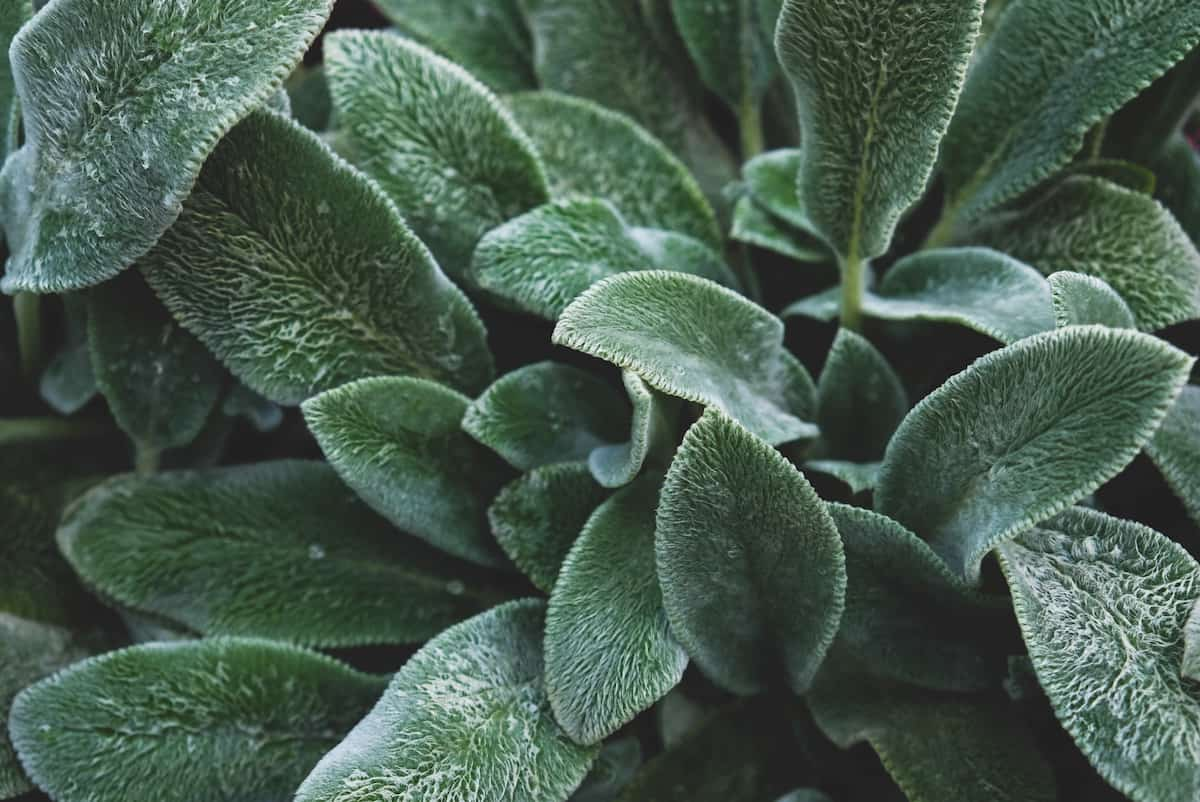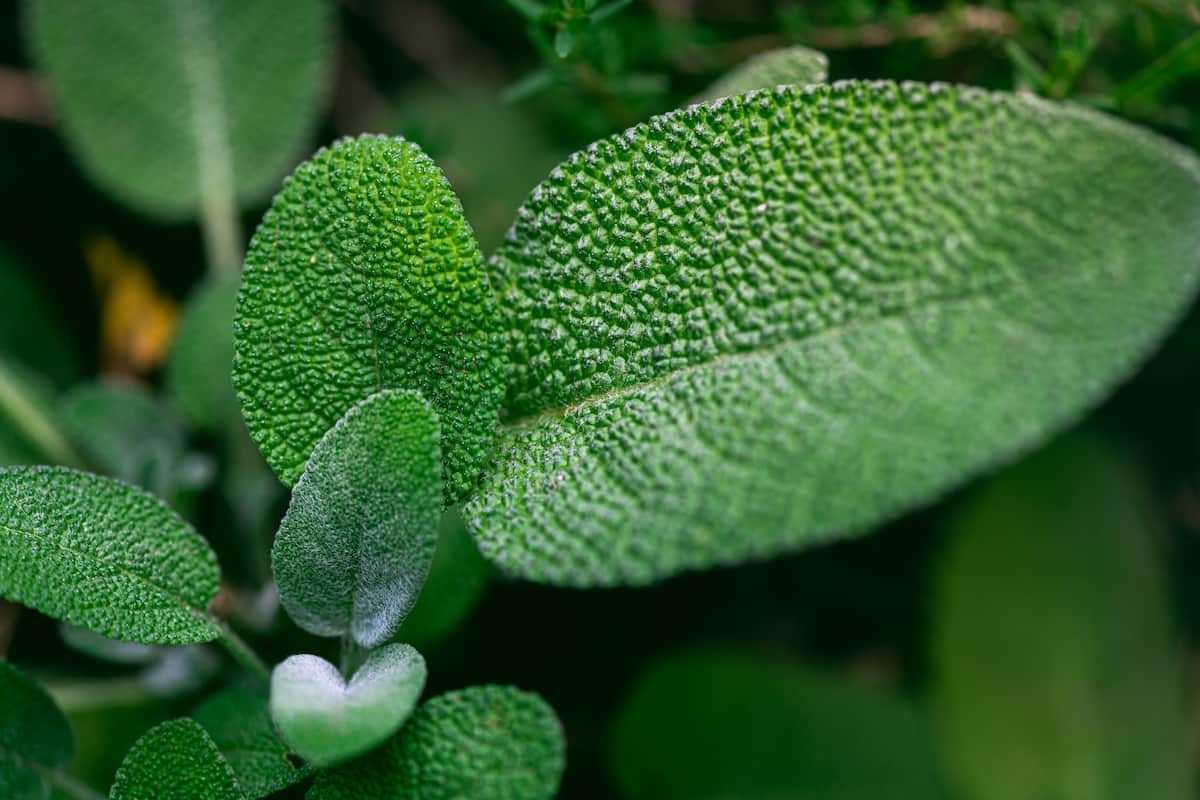Hydroponic farming delivers nutrients straight to plant roots without soil. One of the many plants that can benefit from hydroponic cultivation is sage, an aromatic herb known for its culinary and medicinal uses. This comprehensive guide will outline the key rules for starting a hydroponic sage farm from scratch, focusing on the necessary steps to establish a thriving greenhouse environment.

Hydroponic Sage Farming in a Greenhouse
Choosing the Right Greenhouse
- Size: A greenhouse should provide ample space for your sage plants, allowing for proper ventilation and airflow. The size you choose depends on the scale of your operation and future expansion plans.
- Materials: Opt for a greenhouse made of durable materials like polycarbonate or tempered glass, which provide excellent insulation and light transmission.
- Climate control: It is essential to maintain a consistent temperature and humidity level inside the greenhouse, so invest in efficient heating, cooling, and ventilation systems.
Selecting the Hydroponic System
- Nutrient Film Technique (NFT): This system uses a thin film of nutrient solution that flows over the roots of plants suspended in channels. It is well-suited for sage due to its efficient use of water and nutrients.
- Aeroponics: This method involves misting plant roots with nutrient-rich water, allowing for excellent oxygenation. Aeroponics can lead to rapid sage growth and high-quality yields.
- Drip systems: The nutrient solution is dripped directly onto the plant’s root zone in this method. This approach is suitable for sage as it allows for precise nutrient delivery and water conservation.
Preparing the Greenhouse Environment
- Light: Sage requires a minimum of 6 hours of sunlight per day. In regions with limited natural light, supplemental LED lighting may be necessary to ensure optimal growth.
- Temperature: Sage thrives between 65-75°F (18-24°C). Maintain this range using heaters, air conditioning, or natural ventilation.
- Humidity: Sage prefers moderate humidity levels, around 40-60%. Use humidifiers or dehumidifiers to maintain this range and prevent mold and mildew.
Preparing the Sage Plants
- Seeds: Sow sage seeds in a soilless medium like coconut coir or perlite, and keep them moist until they germinate. Once seedlings have developed several sets of true leaves, transplant them into the hydroponic system.
- Cuttings: Take cuttings from a mature sage plant and root them in a soilless medium or rooting hormone. After roots develop, transplant the cuttings into the hydroponic system.
- Tissue culture: This advanced method propagates plants from small tissue samples in a sterile environment. While more complex, tissue culture can quickly produce large quantities of genetically identical sage plants.
In case you missed it: Hydroponic Spinach Farming in a Greenhouse: Key Rules to Start from Scratch

Nutrient Management
- Macronutrients: Ensure that the nutrient solution contains the necessary macronutrients, such as nitrogen, phosphorus, and potassium, in appropriate proportions. Sage typically requires a higher nitrogen concentration for optimal growth.
- Micronutrients: Don’t forget to include essential micronutrients like calcium, magnesium, iron, and zinc in your nutrient solution. These elements are vital for the overall health and development of sage plants.
- pH: Sage prefers a slightly acidic pH range of 5.5-6.5. Regularly monitor the pH of your nutrient solution and adjust it using pH up or down products as needed.
- Electrical conductivity (EC): The EC of your nutrient solution is a measure of its salt content. Maintain an EC between 1.5-2.5 mS/cm for sage plants to ensure proper nutrient uptake without causing a nutrient burn.
Pest and Disease Management
- Pest control: Pests like aphids, spider mites, and whiteflies can still infest sage plants in a greenhouse. Implement preventative measures like insect netting and sticky traps, and use biological controls like ladybugs or lacewings to manage infestations.
- Disease prevention: Fungal diseases like powdery mildew can affect sage plants in humid environments. Maintain proper humidity levels, ensure adequate airflow, and sanitize your greenhouse regularly to prevent disease outbreaks.
- Quarantine: Always quarantine new plants before introducing them to your hydroponic system to prevent the spread of pests and diseases.
Harvesting and Post-Harvest Handling
- Harvest timing: Sage leaves have the highest concentration of essential oils just before the plant flowers. Harvest leaves in the morning after dew evaporates for maximum flavor and fragrance.
- Harvesting technique: Use clean, sharp scissors or shears to cut the stems, taking care not to damage the plant. Leave at least two sets of leaves on each stem to encourage regrowth.
- Post-harvest handling: Rinse the sage leaves in cool water immediately after harvesting and gently pat them dry. Bundle the stems and hang them upside down in a well-ventilated area to dry, or use a food dehydrator for faster results.
- Storage: Store dried sage leaves in airtight containers away from direct sunlight and heat to preserve their quality and potency.
Monitoring and Maintaining the Hydroponic System
- System inspection: Routinely inspect your hydroponic system for any signs of wear and tear or malfunctioning components. Repair or replace damaged parts promptly to prevent health issues affecting your sage plants.
- Water quality: Regularly test the water quality in your hydroponic system, checking for parameters like pH, EC, and dissolved oxygen. Adjust as needed to maintain optimal conditions for your sage plants.
- Nutrient solution management: Replace the nutrient solution every 2-3 weeks to ensure the availability of essential nutrients. Clean and flush the system between changes to prevent the buildup of salts and potential contamination.
- Data collection: Record data on temperature, humidity, nutrient levels, and plant growth regularly. This information will help you fine-tune your growing conditions and make informed decisions to improve your sage farm’s productivity.
Marketing and Sales Strategy
- Branding: Highlight the advantages of hydroponic sage cultivation in your brand identification. This can help differentiate your products in a competitive market.
- Target market: Identify your target market, focusing on customers who value high-quality, sustainably grown herbs. Potential buyers may include restaurants, health food stores, farmers’ markets, or online customers.
- Promotion: Utilize various promotional tools like social media, content marketing, and public relations to increase awareness of your hydroponic sage products and attract potential customers.
- Pricing strategy: Determine a competitive pricing strategy for your sage products, considering your production costs, market demand, and the prices of similar products in the market.
In case you missed it: Hydroponic Mint Farming in a Greenhouse: Key Rules to Start from Scratch

Conclusion
Starting a hydroponic sage farm from scratch in a greenhouse requires careful planning, investment in the right infrastructure, and a deep understanding of the plant’s needs. Dedication and proper management make your greenhouse-based hydroponic sage farm a sustainable and profitable venture.
- Feed Your Flock for Less: Top 10 Tips to Save on Chicken Feed
- Ultimate Guide to Ossabaw Island Hog: Breeding, Raising, Diet, and Care
- Hatching Answers: The Top 10 Reasons Your Chickens Aren’t Laying Eggs
- Eggs and Economics: Breaking Down the Cost of Raising Backyard Chickens
- Defend Your Greens: Proven Methods to Keep Iguanas Out of Your Garden
- Ultimate Guide to Cinnamon Queen Chicken: A Comprehensive Guide for Beginners
- Ultimate Guide to California Tan Chicken: Breeding, Raising, Diet, Egg-Production and Care
- Ultimate Guide to Marsh Daisy Chicken: Breeding, Raising, Diet, and Care
- 10 Types of Chicken Farming Businesses You Can Start for Profits